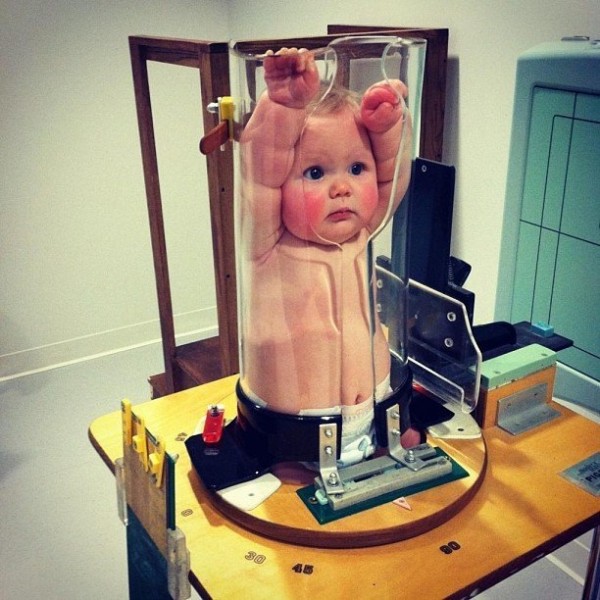Published:
24
Nov
2016
Updated:
24
Nov
2016
Written by Ray Coman
 The newly appointed chancellor’s speech yesterday included many confirmations about the tax changes announced by his predecessor, Mr Osbourne. However, the full report introduced an alteration to the flat rate scheme that will have a significant impact for contractors and other self-employed individuals.
The newly appointed chancellor’s speech yesterday included many confirmations about the tax changes announced by his predecessor, Mr Osbourne. However, the full report introduced an alteration to the flat rate scheme that will have a significant impact for contractors and other self-employed individuals.
Flat rate scheme to end for most contractors
Corporation tax
National Insurance
Personal allowance and higher rate tax
Salary sacrifice
Savings
Switching of Autumn and Spring announcements
Flat rate scheme to end for most contractors
The Autumn Statement brought an increase in the flat rate scheme to 16.8%. The new percentage will apply to most contractors, regardless of their business activity. Since the percentage is applied to VAT inclusive turnover, a flat rate scheme trader will now pay 19.8% of the 20% VAT collected. This 0.2% benefit will effectively cancel the tax benefit of using the scheme.
The new percentages take effect from 1 April 2017. At that point, most traders will be better off using standard VAT accounting, and recovering VAT on expenses. For many, the accounting cost and hassle of being VAT registered will not outweigh any VAT recovery on expenses. Traders registered voluntarily should consider VAT deregistration.
The flat rate scheme currently ranges between 11% and 14.5% for most businesses. The highest percentage a trader can currently pay is 14.5%. However, a contractor providing services typically has has relatively 'low costs' relative to providing services. Only business that are not ‘low cost traders’ will be exempt from the new rules. To continue to use the lower flat rate percentage, a business has to spend at least 2% of turnover on goods. Goods in this case exclude:
- Any services (such as telephone, rent, professional fees, insurance and sub-contractor costs.)
- Capital items, (such as computer equipment and office furniture.)
- Vehicles, vans and other motor expenses.
- Food and drink consumed by the business.
Even where the 2% test is met, a trader will not be excepted unless total expenditure on goods exceeds £1,000 per year.
Retailers, restaurants and other business with high cost of sales will, by and large, meet the test. For IT contractors, management consultants and other service providers, the flat rate scheme is unlikely to be of any practical use. For instance, it is remote that stationery and office consumables will comprise 2% of turnover.
Corporation tax
The Chancellor confirmed plans to lower corporation tax to 19% in April 2017 and eventually to 17% by April 2020. The rate by 2020 is expected to give Britain the lowest company tax in the G20.
National Insurance
The employer’s (or secondary) national insurance limit will be slightly increased so that it is the same as the employees’ (or primary) national insurance limit. The two thresholds will be aligned at £157 a week with effect from April 2017. The change would not result in any extra tax liability for an employee. The extra liability for an employer would be no more than £7.18 a week per employee. The alignment is intended to simplify national insurance.
As announced in the 2016 Budget, Class 2 National Insurance Contributions, payable by self-employed people, will be abolished from April 2018. A further Budget announcement confirmed is the liability of termination payments over £30,000 to national insurance. The measure also takes effect in April 2018.
Personal allowance and higher rate tax
The government confirmed the previous announcement that the personal allowance will rise to £11,500 in 2017-18 and again to £12,500 by April 2020. The higher rate tax threshold is also set to increase from £42,000 (in 2016/17) to £45,000 next tax year and eventually to £50,000 by 2020. Following this, the personal allowance threshold will rise in line with the CPI measure of inflation.
Salary sacrifice
Salary sacrifice scheme describe an arrangement where an employee foregoes pay in order to receive some benefit. Employee do not have to pay national insurance o benefits and therefore the scheme can bring a tax advantage. Depending on the rate of an employee’s national insurance, a benefit could be as much as 12% cheaper if paid by salary sacrifice than out of take home pay.
The Autumn statement announced an axing of perks, such as gym and private healthcare memberships and smartphones from salary sacrifice. Nonetheless, a tax benefit will still arise from sacrificing pay in favour of:
Therefore pension and childcare, which are the most common, benefit will not be affected by the new rules.
Savings
Further reiterations of the measures to be introduced in April 2017 included:
Increase ISA limit from £15,240 to £20,000 in April 2017.
Savings starting rate of £5,000 to remain in 2017/18
A new allowance of £1,000 each for trading and for property income.
Switching of Autumn and Spring announcements
The major fiscal announcements have until now been made in the Spring. The Spring Budget will be replaced with an Autumn Budget, with the effect that 2017 will contain two Budget dates. The reasoning behind the change is to announce tax changes further ahead of their implementation on 5 April.
The Autumn Statement will be replaced with a Spring Statement, the first of which will be in 2018. The statements are presented as less major, although the impact of changes will vary from one taxpayer to the next.
 The first budget that follows a new Parliament is traditionally the most punitive and, having got over that hump, regulatory reform seems to be calming. In this, the first Statement to occur in spring rather than autumn, there were no major announcements.
The first budget that follows a new Parliament is traditionally the most punitive and, having got over that hump, regulatory reform seems to be calming. In this, the first Statement to occur in spring rather than autumn, there were no major announcements.

 The March 2017 Budget delivered by Chancellor Hammond this afternoon added further tax pressure to the self-employed and owner manager business sector. The speech descended into Pantomime at one stage with Hammond retorting 'oh yes we will!' to a heckle from the opposing benches. If it was a Pantomime Budget,
The March 2017 Budget delivered by Chancellor Hammond this afternoon added further tax pressure to the self-employed and owner manager business sector. The speech descended into Pantomime at one stage with Hammond retorting 'oh yes we will!' to a heckle from the opposing benches. If it was a Pantomime Budget,  The newly appointed chancellor’s speech yesterday included many confirmations about the tax changes announced by his predecessor, Mr Osbourne. However, the full report introduced an alteration to
The newly appointed chancellor’s speech yesterday included many confirmations about the tax changes announced by his predecessor, Mr Osbourne. However, the full report introduced an alteration to